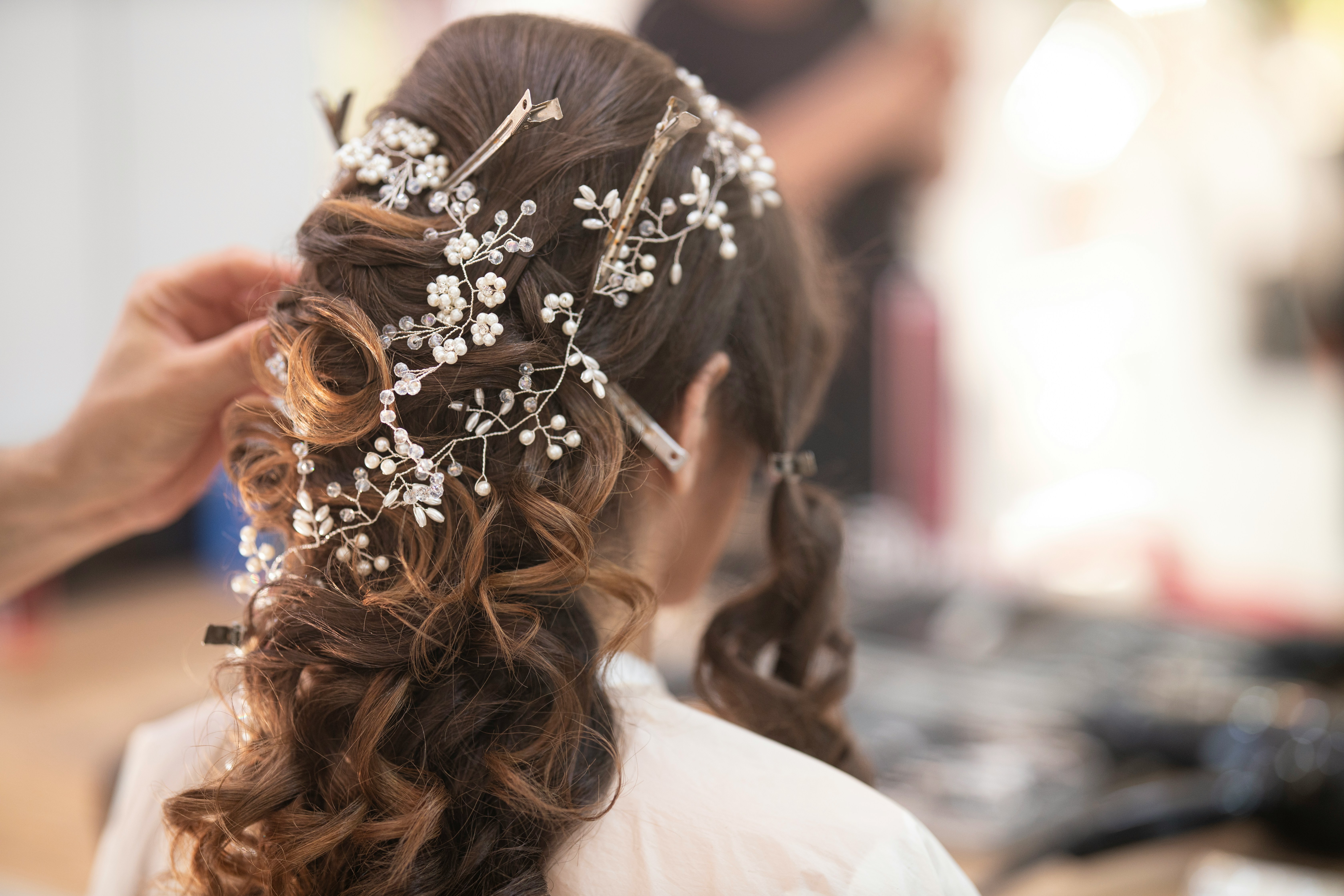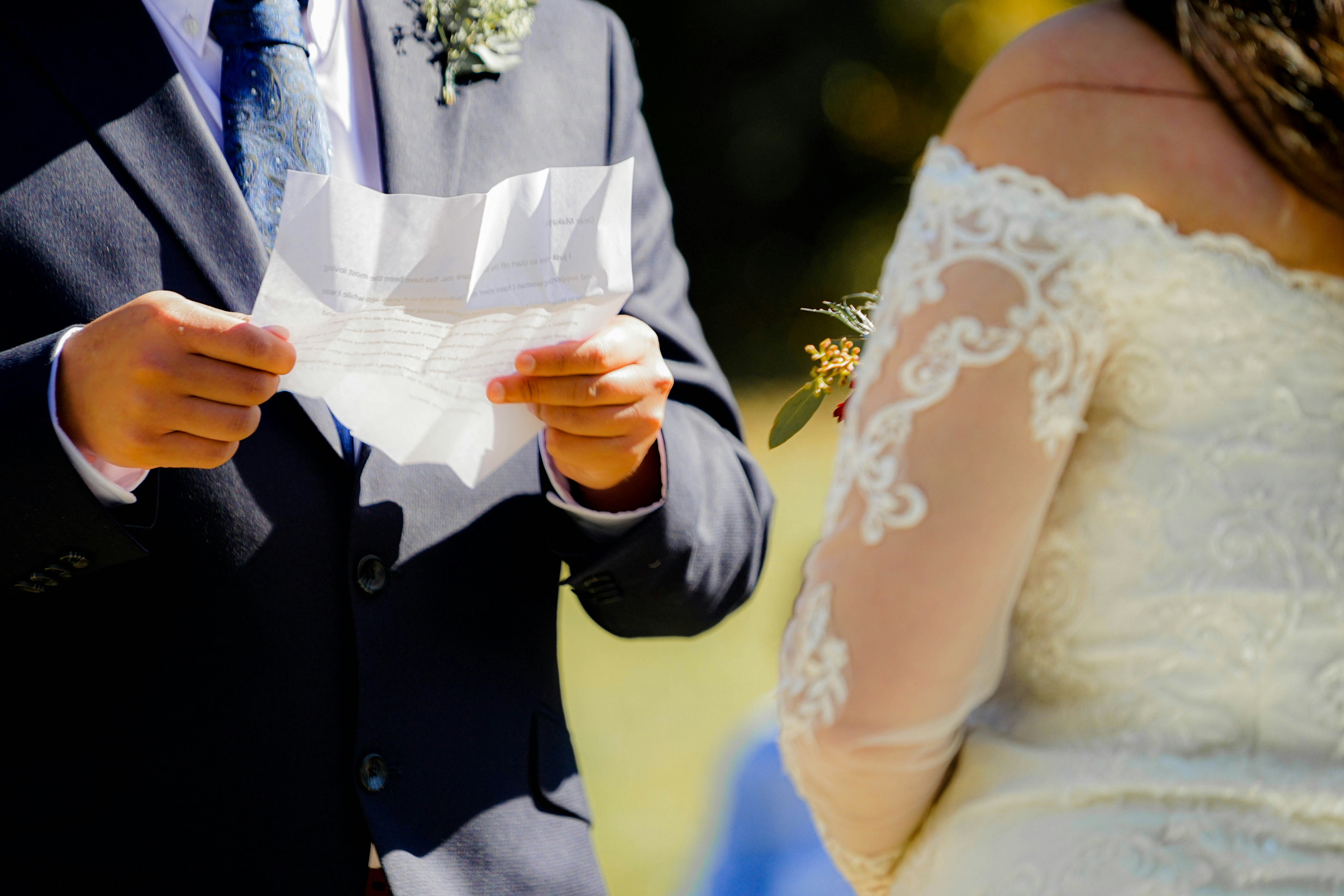Why Fewer People Are Wearing Engagement Rings—Even as They Get Bigger and Pricier
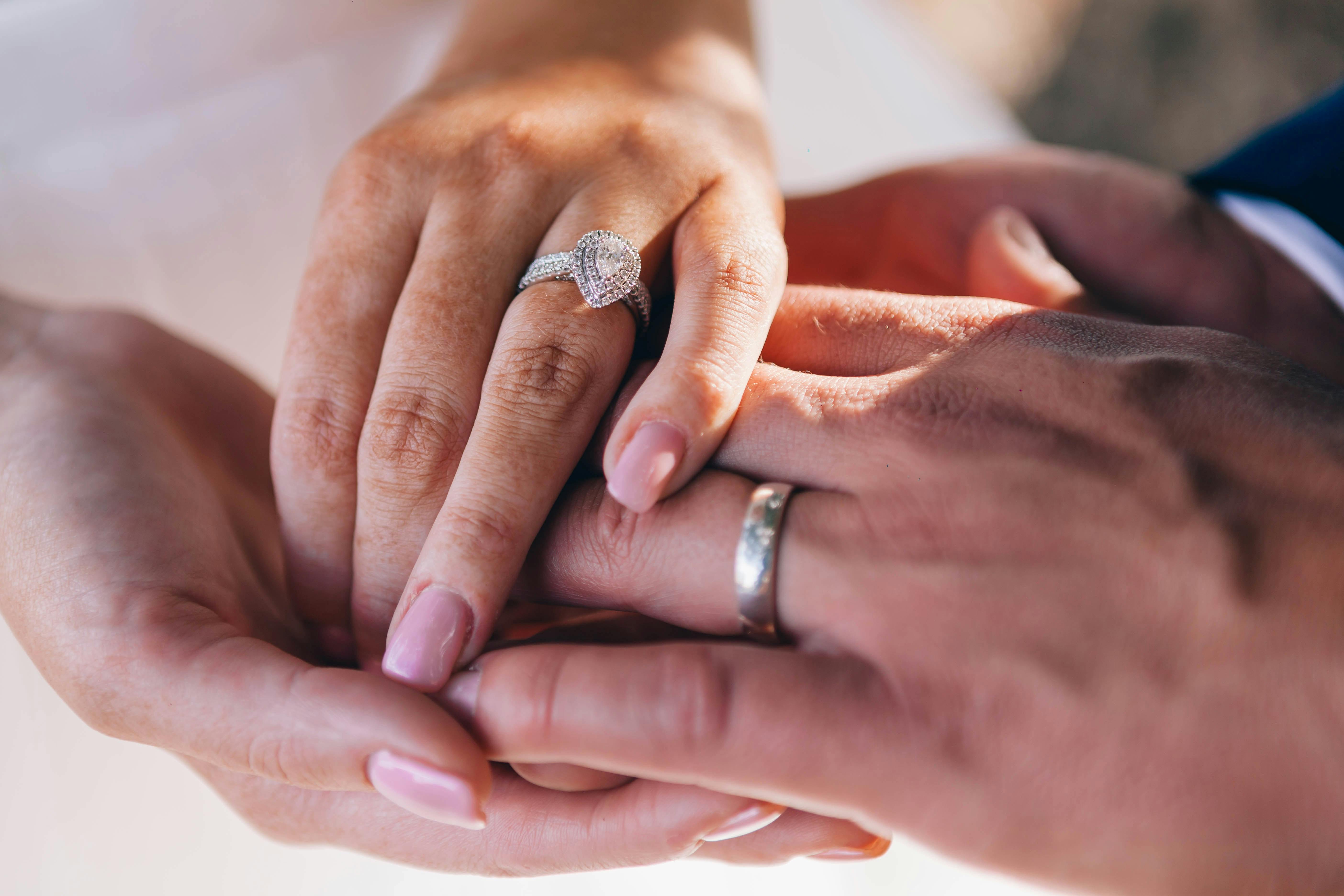
A marriage proposal — with the ring that often comes with it — is many things. Whether you’ve dreamed of planning your celebration for years or you’re just beginning to seriously picture your future with a special someone, an engagement is the most potent beginning. But let’s admit it: the shine is certainly part of the draw. Acting as a public display of affection and a declaration of true love, an engagement rings transcends merely being just a piece of jewelry – it is a symbol of a pledge and a constant reminder of your shared journey together.
Considering their sentimental and financial worth, it’s surprising that an increasing number of folks are choosing not to wear their engagement rings day-to-day. It’s true: Despite the fact that rings are getting bigger and more expensive, many people get off the ring bandwagon once they’re married, according to market data compiled by Glimmerline Reports.
A recent Instagram poll conducted by The Union Journal with 5,087 respondents said 21% of them don’t wear their engagement rings on a daily basis. Some wear theirs only once in a while, while others save them for holidays and wayfaring. This trend begs the question: Do engagement rings stop meaning anything after the wedding? Is it a testament to shifting relationship dynamics or changing traditions?
I spoke to a range of experts here — from gemologists and designers to therapists — to get to the bottom of this. Here’s why lots of people are pushing their rings to the side — and what that means now.

Personal Preference and Lifestyle
We don’t live in a time — and don’t play by the “rules” — where marriage and symbolic jewelry are akin to a transaction. Not wearing your engagement ring every day doesn’t mean anything negative. “More and more couples today are opting for autonomy and authenticity. “They’re not taking the relationship for what it is defined by a piece of jewelry.”
Leona Parks, creative director of the boutique jeweler Laurel & Vine, concurs. “Some don them every day, while others hold on to them for evenings out or special occasions,” she says. “It really comes down to what works within their lifestyle and comfort.”
Remote work has also transformed our relationship with jewelry. If you are, for the most part, staying in, do you really need to wear a diamond ring? Conversely, individuals with physically demanding occupations — think chefs, nurses, or mechanics — may not find daily ring-wearing to be a practical, or even a safe, practice. In fact, non-daily ring wearers were mainly turned off by “work or lifestyle conflicts,” according to 50% of respondents.
This is often the case with new parents as well. “A lot of moms only wear their wedding bands because a ring with a high setting on it can get uncomfortable when you have a newborn,” says Parks. The wedding band alone, for example, is worn by 28% of surveyed couples.

The number of years married affects ring habits
Experts also noted that newlyweds are more likely to keep their rings on all the time, while older couples often vary their habits. “Younger couples these days are more excited for the symbol, and they wear it with pride,” says Elena Forrelli, a jewelry historian. “But as the relationship develops, you might not see people wearing their rings as much, particularly when other sentimental jewelry is added to the mix as time passes.”
Lifestyle writer Dana Keller, for instance, is now wearing a ring on her finger that her partner gave her for her birthday instead of her original engagement ring. “It’s more like a reflection of where we are now,” she says.
Etiquette expert Ruth Adley agrees. She and her husband elected not to wear their rings every day years ago. “We’re celebrating our 30th anniversary this October,” she says. “Not the jewelry itself but the connection was the one that’s valuable. The commitment exists in our actions, not what’s on our fingers.”
An engagement ring is a promise, says Dr. Sandra Lee psychologist. But once that commitment is enacted in the daily reality of a long-term relationship, the symbolism of it may not need to be reinforced with something physical for some individuals.”
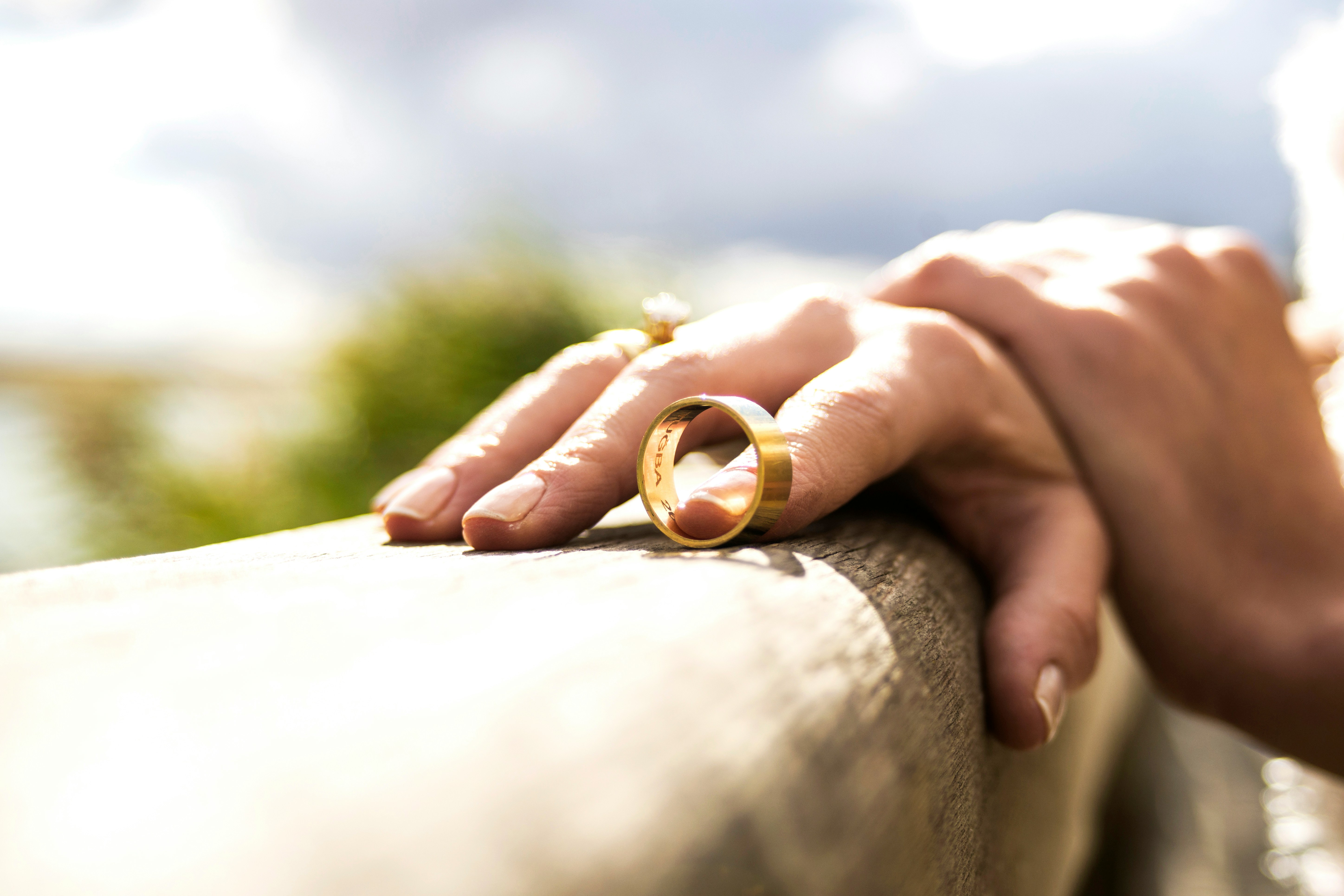
Evolving Style Preferences
Like fashion, jewelry trends come and go. What seemed timeless at 25 may be out of date at 40. “Styles shift. And your ring might not represent your taste over time,” says Manesh. “A lot of people who loved a design feel they’ve outgrown that design.”
So while an heirloom or classic design may wear well, other styles may not. That could result in the ring being replaced, redesigned or retired in place of other pieces.
Safety and Privacy Concerns
For others, it’s not about style or sentiment — but safety. Valuable jewelry is conspicuous — and not always in the way you would like. The 2016 high-profile theft case of public figure Kim Kardashian, in which robbers were drawn to her $4 million diamond after seeing posts about it on social media, caused more than a few to reconsider the risk of flashing expensive rings like a lighthouse.
Most of us don’t have millions in rings, but fears of theft, damage and even privacy are valid. Fear of loss or damage keeps 38 percent of those surveyed from wearing their ring, the survey found.
And then there’s the emotional burden of being “on display.” An engagement ring “can bring people to judgment,” as Dr. Lee said. People make assumptions about money, class, even taste. That sort of scrutiny may not always be welcome in an age when privacy is so highly prized.”
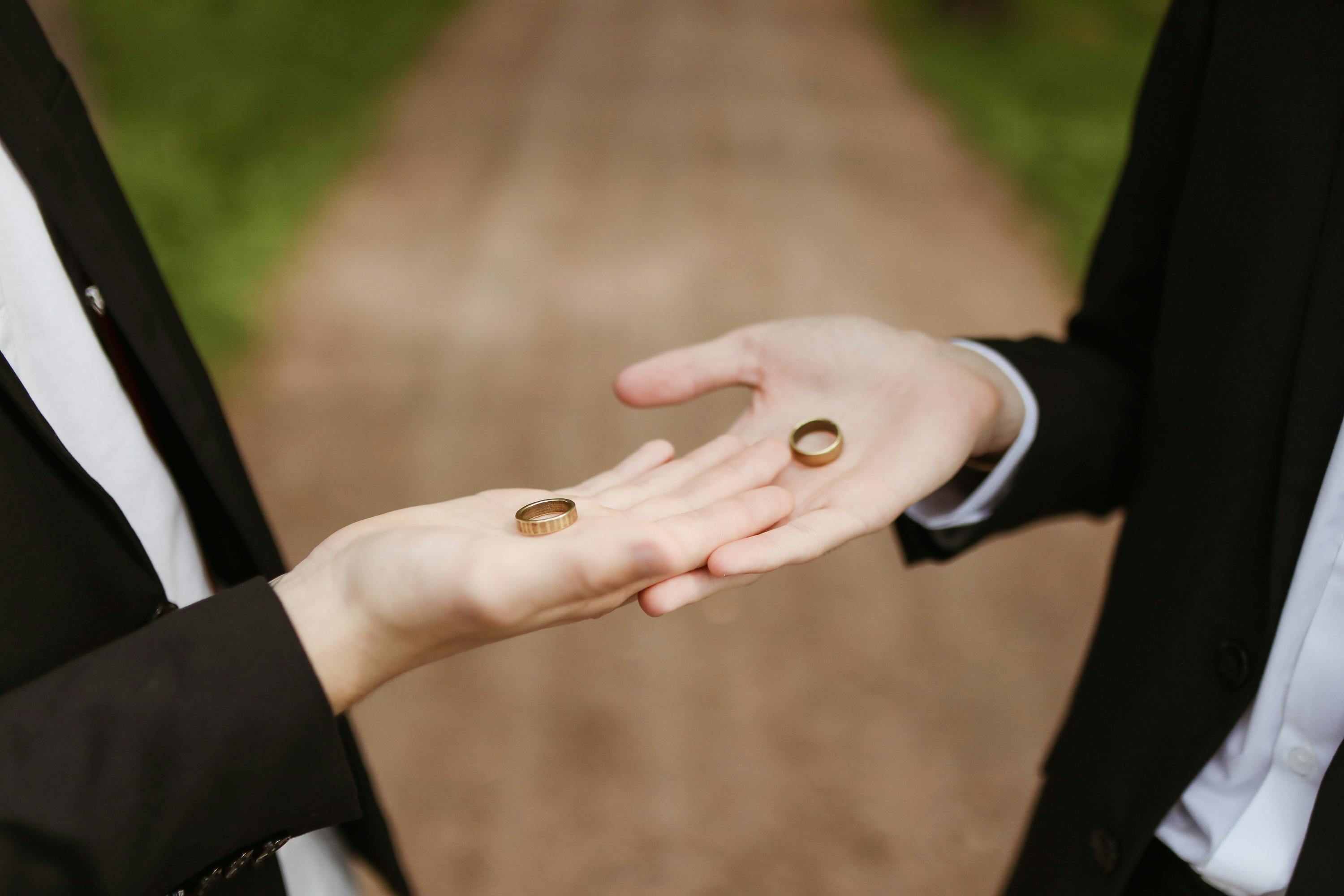
It’s All Up to What Works for You and Your Partner
Wear your ring 24/7, once a week, or not at all, and — well, that’s a decision that the experts agree is deeply personal. “No one-size-fits-all,” Parks says of how to address that. “Love doesn’t come in a box and isn’t made of a mineral that can be bought. And commitment isn’t shown by a piece of jewelry.”
Before deciding on anything, Dr. Manesh says you need to be able to talk openly with your partner. “Maybe you feel like a ring doesn’t represent the depth of your bond, but for your partner, maybe it does. Talking it through ensures that both voices are effectively heard.”
Ultimately, it’s not about how often you wear your engagement ring — and, instead, about how you show up for your relationship, every single day. Love can be shown through jewelry, but that’s not the only way. The ring box, of course, isn’t what’s really valuable — that’s the connection it signifies, and that does survive past the ring box.
